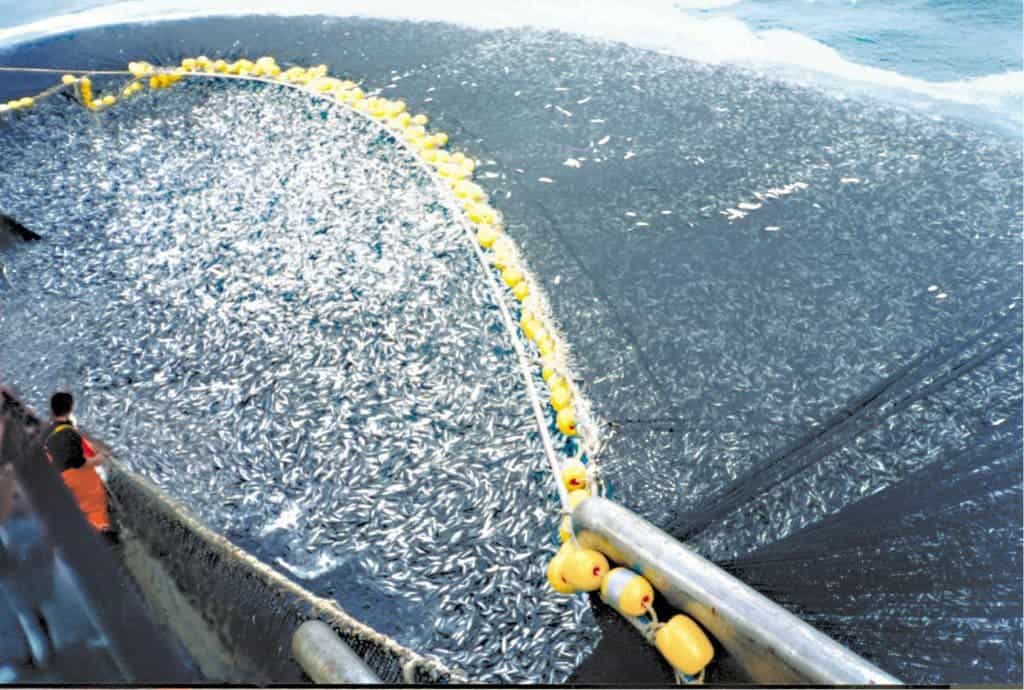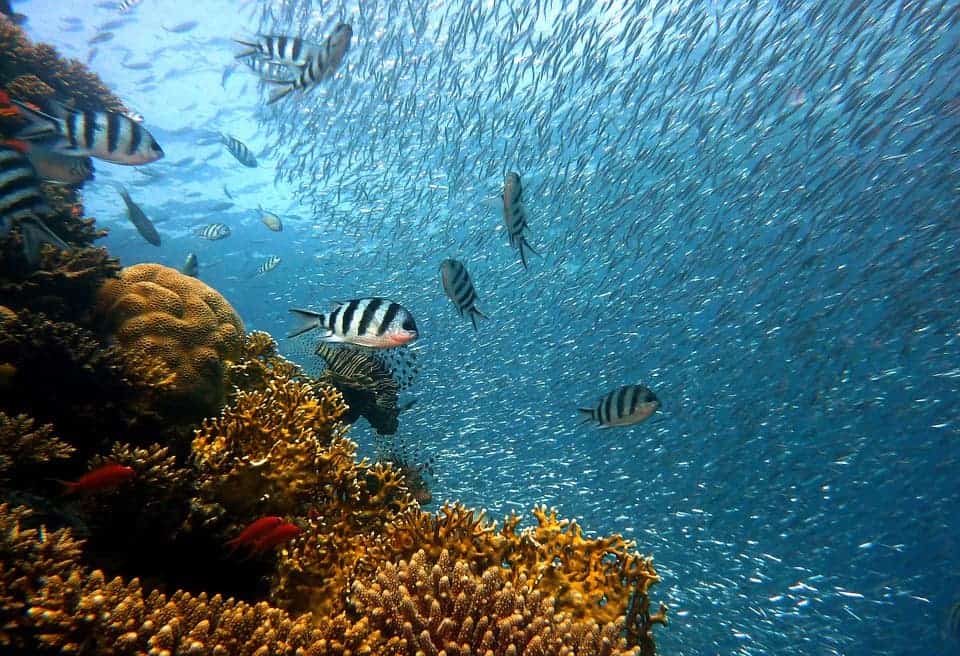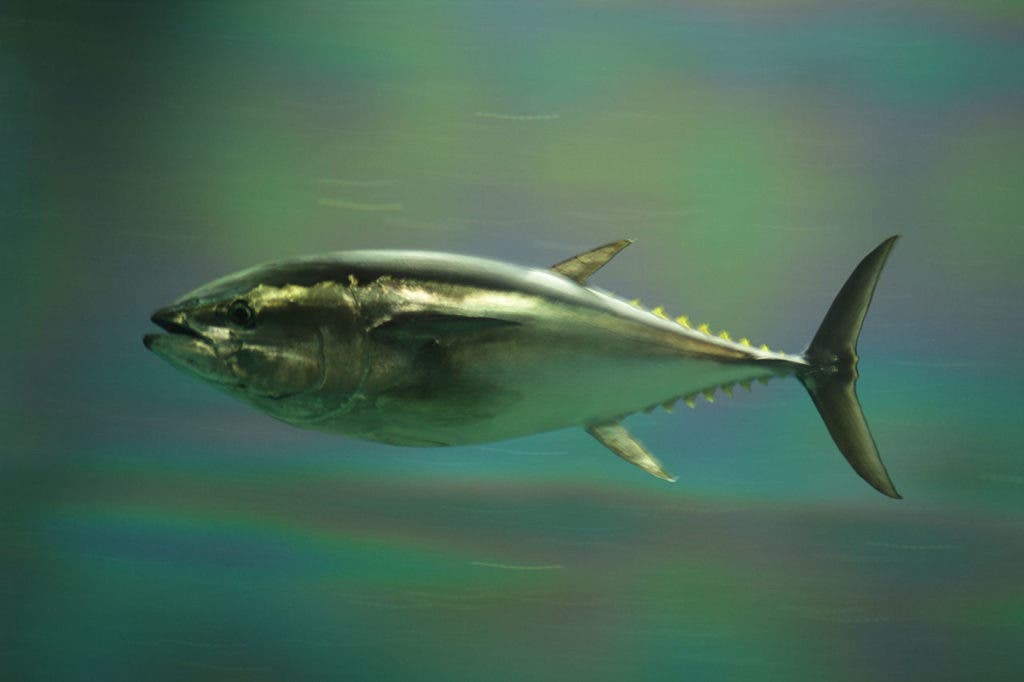Currently, as many fish as possible are caught in the ocean. More than 85% of the world’s fisheries have been pushed to or past their limit. They need serious help to bounce back. These fish are important for the functioning of the ocean and for the people who depend on them for their food. One way to help the fish is to create marine reserves. Currently, only 0.8% of the world’s oceans are part of marine protected areas. And only 10% of these (so 0.08% of all the world’s oceans) are actually marine reserves, meaning that you are not allowed to fish in them at all.
However, we should think about creating more of them! New research has found that marine reserves help the conservation of fish. Fish evolve to move less and stay in the safe zones. The less mobile fish will survive and pass this behaviour on to their offspring. Eventually, the overall amount of fish in the reserve will increase.

Even though marine reserves seem like they would only protect reef fish, they are also useful to conserve tuna and sharks. Researchers from UBC’s Biodiversity Research Centre in collaboration with the Sea Around Us project modeled the evolution of skipjack tuna, Bluefin tuna, and great white sharks’ movements in response to the creation of marine reserves.
Safe zone
Some commercial fish aren’t safe wherever they swim. For instance, fishing equipment can catch tuna in every part of their range. More and larger marine reserves could act as a buffer so that tuna have a safe zone. Otherwise, tuna, especially Bluefin, could be fished to extinction. Their populations are already highly strained. When thinking of solutions to deal with this problem, fisheries management hasn’t really taken the evolution of the fish into account. However, evolution could actually make a large difference on fish conservation. It could even improve fisheries’ catches in the process.

The reason why marine reserves work for conserving fish has to do with evolution. A fish’s likelihood of swimming away from an area is often heritable. The fish that stay in the reserves more often survive, but fishing is banned in that region. They can reproduce, because they are alive, and the same behaviour is passed on to their offspring. Active swimmers would be less common because they are eaten more often and don’t survive to breed. After a while, low movement would be quite common and cause an increase of fish in a reserve.
Tuna & sharks
Marine reserves seem to be a more important tool than was thought to prevent extinction and protect biodiversity. Restricted movement caused by evolution increased the number of fish inside a reserve up to 50 years after its establishment. Skipjack tuna were the quickest to move less; it would take them 10 years to evolve the behaviour. Great white sharks took the longest time to become less mobile, up to 50 years. Skipjack tuna evolve the behaviour more quickly because they have a shorter lifespan.

This evolution of decreased movement in the fish can make marine reserves more effective. Even for great white sharks, marine reserves were good for conservation when they moved less or marine reserves were large.The higher the fishing pressure close to the reserves, the faster the fish change their behaviour to stay in the safe zone. Marine reserves can contribute to increasing fishing yield due to spillover, the increase in catches next to reserves. Currently, most marine reserves are pretty small and tuna and sharks swim a lot. Larger and marine reserve should be made to help protect these species. If we don’t take necessary measures, we could lose tuna from our plates and our seas.
Journal reference: J.A. Mee. 2017. Evolution of movement rate increases the effectiveness of marine reserves for the conservation of pelagic fishes, Evolutionary Applications.



